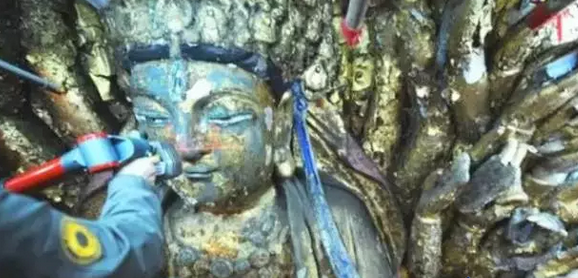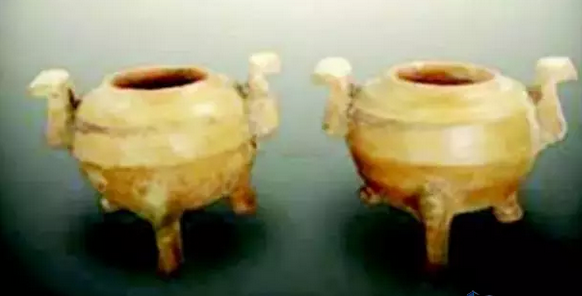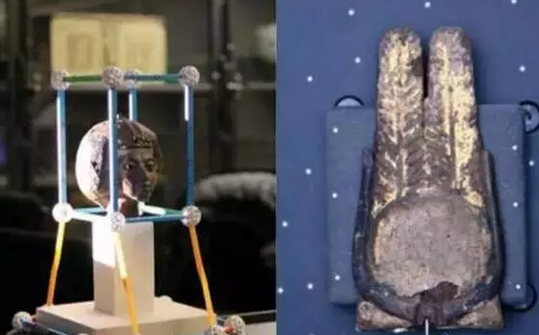In recent years, with the country's vigorous promotion of the digitalization of museums, many museum and cultural relics workers have begun to try to use 3D printing and 3D scanning technology to make the fragmented ancient artifacts "return to life" and continue to inherit while repairing. . With its unique rapid prototyping technology, 3D printing plays a more prominent role in the protection of cultural relics. As we all know, most of the cultural relics are old, especially those that are outdoors. After hundreds or even thousands of years of wind and sun, most of them have been weathered and continue to be weathered. If not protected and obtained in time. Cultural relics, its style will disappear forever. For example, the Dazu Rock Carving Scenic Area has also used 3D printing technology to repair the main hand of the Avalokitesvara. In addition, 3D printing is equally important for the restoration of artifacts. For example, in the case of a defective part of a repairing device, the conventional process uses a proofing paste or a silicone rubber to directly sample and mold the cultural object, and then repair the defective portion. However, in some special cases such as the repair of loosely-toned pottery, the traditional mold is not suitable for direct operation on its surface. Let's look at a copy of the three-legged Tao Ding in the Han Dynasty. The original is short straight mouth, oblique shoulder, belly, abdomen raised string, ears, animal foot, the inside and bottom of the utensil have a flint red formed after sintering, the surface has a 'sweat' phenomenon (referring to the glaze On the pottery, after being calcined in the kiln, a very thin bright layer appears on the surface of the device. The "swollen" section of the utensil is extremely thin, natural and uniform in shape. It is understood that "sweat" is mostly in the mouth and shoulders of the utensils, and the lower the combination with the carcass, the closer it is to the carcass. Original (left), replica (right) The replicas are also printed using 3D printing technology, which is colored and worn by conventional coloring techniques. Here, the imitation glaze pigment is blended with the thinner. First, the base color of the object is sprayed with a spray pen to make the overall hue close to the original object, and then the mineral paint with the same color style as the original is used for partial plucking and uppering. Color, old, and imitate the gloss of the original 'sweat'. In fact, 3D printing can not only be used to repair and restore the original. The museums in foreign countries provide visitors with 3D printed cultural relics, which solves the problem of lack of museum souvenirs. At the same time, tourists can bring “relics†home. For any time to play. On the other hand, with the 3D printing stationed in the museum, the knowledge structure and skills of the practitioners in the pavilion will also change, making the museum more grounded. (Editor) Herb Grinder,Dry Herb Grinder,Herb Grinder Kit,Electric Herb Grinder Dongguan Chakou Silicone Products Co, Ltd , https://www.waxmaidwholesale.com


Cultural relics restoration
How does 3D printing make ancient artifacts "return to life"?